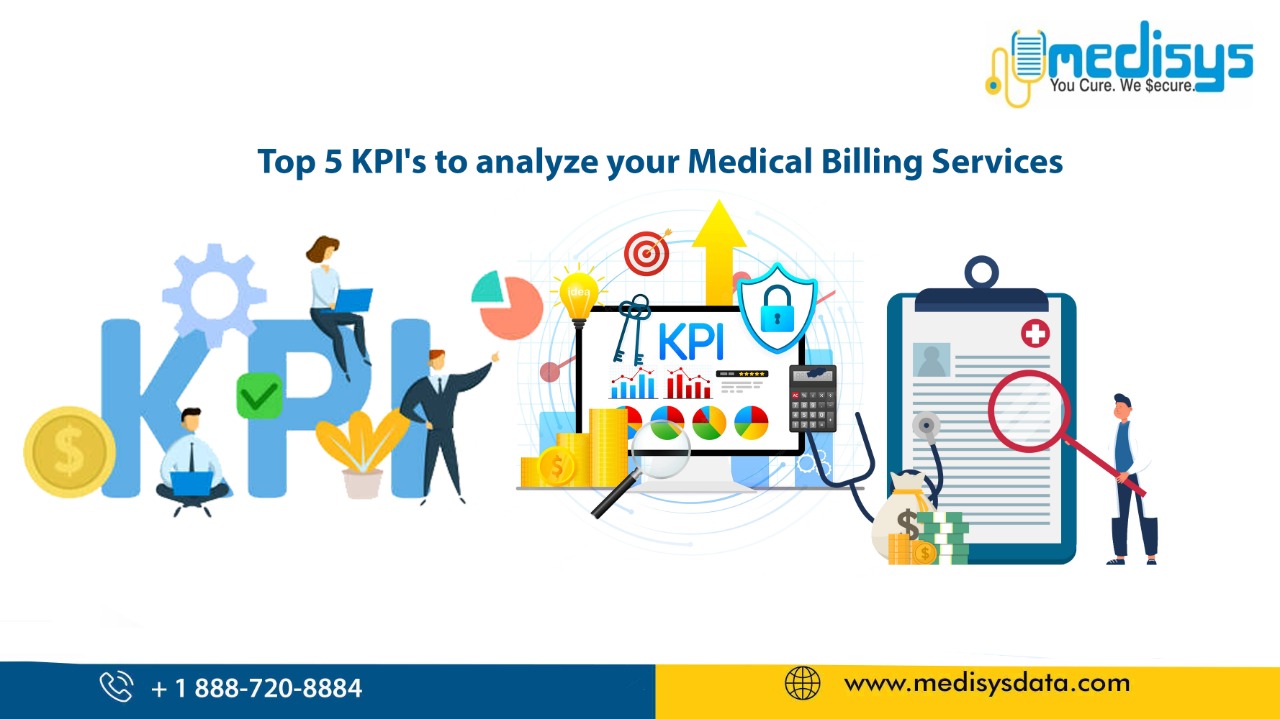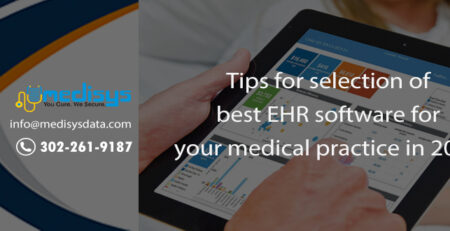How can you assess the state of your medical business if you don’t know what’s going on in your practice’s back office with regard to invoicing and accounts receivable? Are your financial objectives being met? How will you come up with a strategy to either keep making improvements or halt a decline in profits?
How do we measure business performance in times of financial volatility is a concern for all practice managers. Our contemporary situation is new ground, so this question is causing difficulty across all industries. While many conventional key performance indicators (KPI) remain relevant, medical practices also need to keep an eye on unconventional indicators to get a better sense of overall success. The intention is to prevent situations where practice managers are caught off guard by unexpected financial blips and cash flow bottlenecks.
The more metrics you have on the state of your bills, the better, your accounting team will be pleased to tell you. This is why tracking key performance indicators for medical billing will take center stage in many clinics.
The most significant billing and collections key performance indicators are shown below (KPIs). You can quickly determine where you need assistance the most by examining each stage of the revenue cycle.
Think about the KPIs listed below that every practice needs to track by 2022 and beyond:
1. Rate of Net Collection
The net collection rate could reveal a great deal about your collection tactics and how you might modify them in response to shifting patient demographics. By dividing the total amount of money received by the total amount of authorized charges, you can calculate the net collection rate. You will have a comprehensive understanding of your organization’s success in terms of insurance billing and patient collections thanks to the core value. Additionally, you can discover the metrics for various patient groups and determine how you might raise your collection rate in those areas.
2. Poor Debt Rate
In RCM medical billing, timely patient payment collection is a difficult task that frequently results in provider offices failing to do so, resulting in bad debts. Every healthcare company experiences bad debts on a regular basis. To calculate your loss, divide the permitted charges by the bad debt write-offs. You can detect if you need to improve the way you communicate with patients or provide them with better financial aid options with medical billing services if the rate of poor debts is rising.
3. Denial Rate
You might be surprised to learn that 60% of the time, denied claims are solely due to unforeseen circumstances. Keep a check on the denial rate, seek help from medical billing companies to head in the right direction.
4. Month-Over-Month Revenue
You use month-over-month revenue to track cash according to payors, tests, and clients to obtain a better understanding of where your revenues are coming from. Perhaps the lab you use is having trouble operating effectively. Compare which clients are the most lucrative, if you have the time. This KPI also aids in identifying the tests that are most difficult to obtain paid for due to issues with their medical necessity.
5. Operating Margin
Making it a practice to monitor key performance indicators will make it simpler for you to gain a better grasp of your medical billing position. You may create strategies to enhance these numbers after you start methodically gathering information on what you’re being paid and when, who is not paying, and how these trends evolve.
Key takeaways
- When it comes to billing, medical practitioners must pay particular attention to the small print. In medical billing, you should ideally monitor key performance indicators.
- Monitoring medical billing KPIs will assist you in remaining informed of metrics to enhance, such as the poor debt rate.
- Utilizing specialized software to keep track of data like accounts receivable and the frequency of denied or unbilled claims can make the difference between profitability and staff layoffs.
- Contrast variations in daily cash receipts with other elements like shifting patient volume or the hiring of new personnel.
- To understand how reimbursements are proceeding, you’ll look at KPIs for daily actions in addition to weekly performance, monthly trends, and quarterly reports.
Wrapping Up
Modern technology, an excellent back-office staff, and a strict attention to revenue and reimbursement rates are all necessary for operating a profitable hospital or clinic. When you work with RCM specialists like Medisys Data Solutions, a medical billing company we can help you bring data-driven processes, seasoned revenue cycle professionals, and cutting-edge technology to enhance your revenue collections, putting you on the road to financial success.
Working with the appropriate RCM service provider is crucial if you want to manage your income streams effectively. By utilizing cutting-edge technology and solutions, outsource medical billing to Medisys Data Solutions who can improve your reimbursement processes and expedite your revenue cycle. We provide practical solutions to enhance your revenue cycle with medical billing outsourcing services provider, Medisys Data Solutions as your outsource medical billing partner. Speak with us to learn how we can support you with a more robust RCM system.












